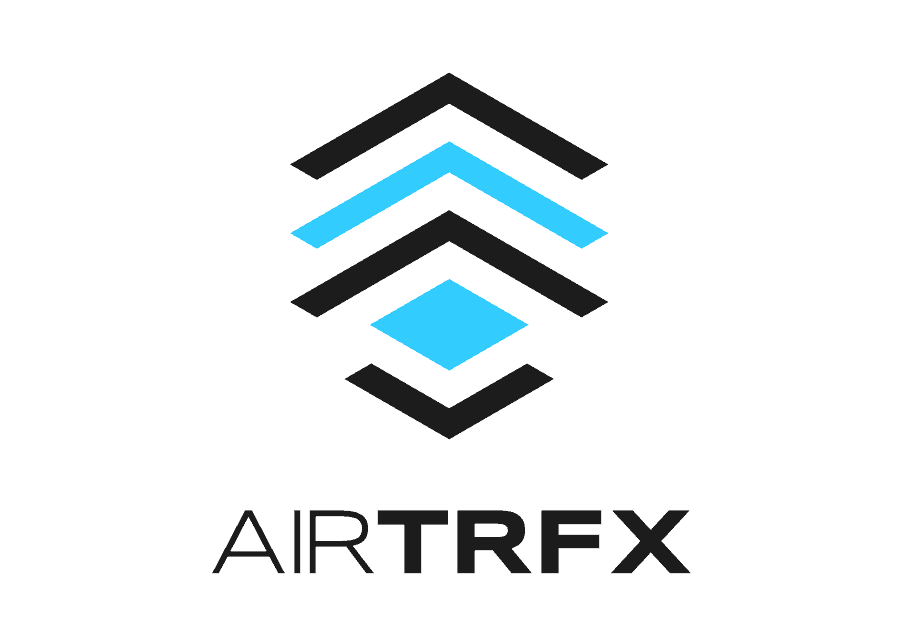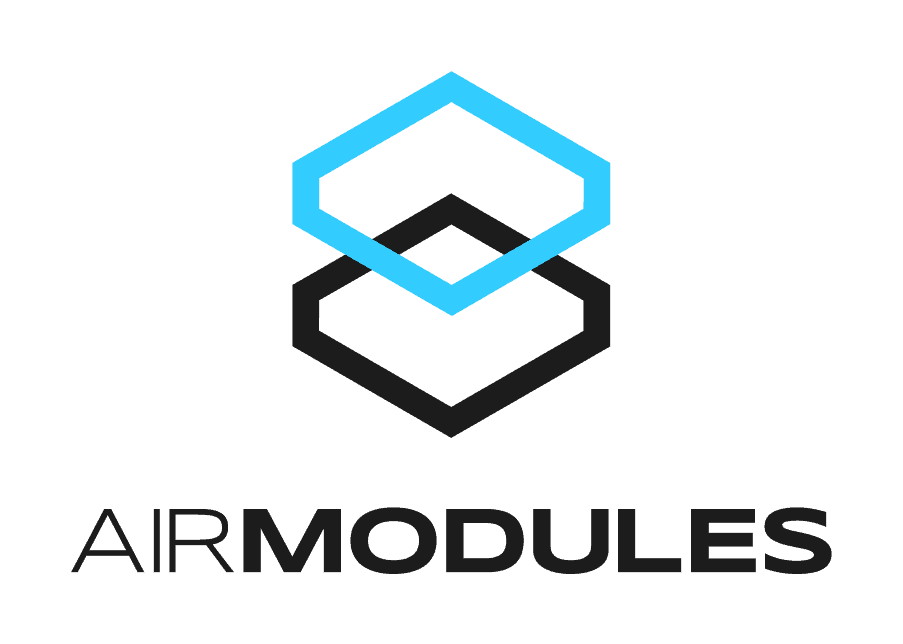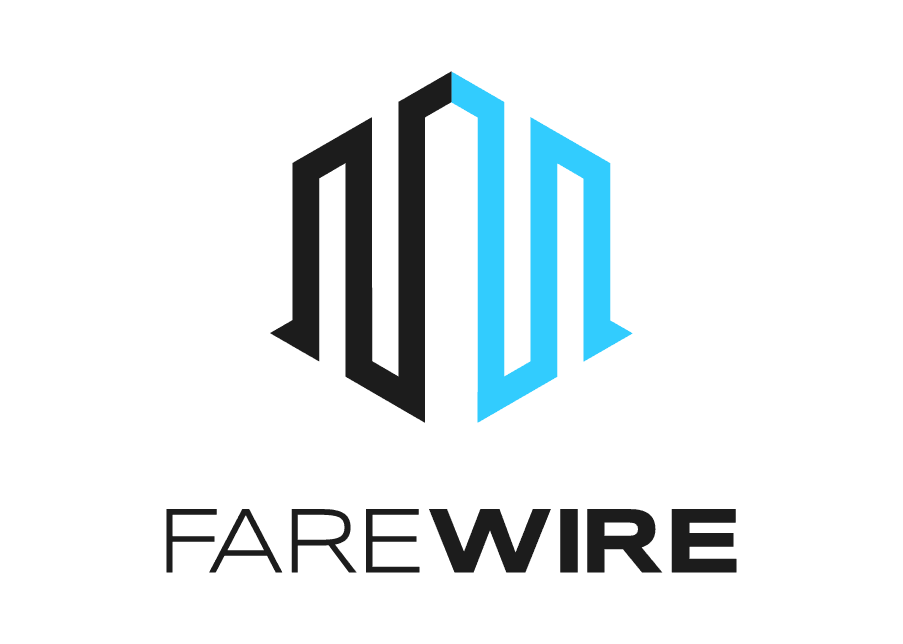Reacquire Loyal Customers
EveryMundo Restart & Reacquire Playbook
Treat loyal customers like they need to be earned again
After a crisis, previously loyal customers will not be as dependable as they once were. Many do not have the same travel demands as before; corporate travel will be more disciplined about cost; and competing airlines will price very aggressively to lure customers away from competitors. Meanwhile, OTAs will need to be even more aggressive in their attempts to acquire customers. All of these factors lead to the increasing likelihood of loyal customers considering other airlines.
Airlines can use this as an opportunity to reclaim customers from OTAs by offering highly competitive fares and reactivate loyalty with competitive points/miles redemption through attractive deals. Airlines can focus messaging both in email and on-page communication for deals, expanded loyalty perks, and efforts to make air travel as safe as possible.
In this playbook we will cover strategies to reacquire and keep those loyal customers.
EveryMundo Products that drive customer loyalty:
airTRFX Campaign features enable airlines to deploy tailored communication messages to their customers, including frequent flyer benefits and expanded loyalty perks.
Airlines can integrate APIs to promote ancillary products and services and leverage website visitors to drive upsells.
The Miles airModule allows airlines to show the lowest reward fares available so their customers can continue to plan how to use their loyalty points once planes are back in the air. The customer simply indicates the city of origin and the number of loyalty points in his/her account, and available destinations and dates appear. Redemption!
airSEM powers Geo-Targeted Brand campaigns to target users searching for the airline’s brand and displays real-time fares available for flights departing from their location.
Use sitelinks to share rewards, security measures and reassurance around aircraft safety and cleanliness.
Airlines can leverage loyal customers’ information, such as location and high-interest dates of travel, to show via FareWire the most recent lowest fare seen by other users based on a desired criteria.
FareWire can connect to all media channels, Emails, Dynamic Remarketing, and Social Media ads.
Reacquire customers with attractive pricing and offers
Email, Branded Paid Search, Social Media and Remarketing strategies
As demand returns, airlines can take steps to capture that demand and also induce its continued growth. Attractive fares will be critical to do this. Customer loyalty will be tested if fares are not competitive and easy to find. Airlines of all sizes that use this opportunity to aggressively market their fares will expand their passenger base with a higher volume of transactions as soon as routes reopen. Creating this demand provides the first opportunity to re-engage customers and drive loyalty.
Airlines can leverage Email, Branded Paid Search, Social Media and Remarketing campaigns with real-time fares to reacquire loyal customers.
Tactic 1: Market the lowest fares in Branded Paid Search Ads using customer geo-location
Tactic 2: Leverage Social Media brand interest to show lowest fares
Tactic 3: Leverage previous website visitors to remarket them with the lowest fare available
Tactic 4: Showcase low fares via Email based on customer geo-location
Tactic 1: Market the lowest fares in Branded Paid Search Ads using customer geo-location
airSEM is our portfolio of Search Engine Marketing tools that enables airlines to launch, scale, promote and optimize their digital marketing campaigns to drive direct channel growth. With these tools, airlines are able to launch hundreds of online search engine marketing campaigns that include real-time fares for every route in more than 30 languages.
With airSEM, airlines can deploy Paid Search campaigns at scale by:
- Deploying Branded Paid Search Campaigns by bidding on keywords related to the airline’s brand name
- Geo-targeting campaigns based on the user location. airSEM will deploy a unique campaign across all departure cities that the airline flies from
- Including real-time fares in Ads based on the most popular route departing from the user’s location
- Using airTRFX From City page as a Landing Page to provide relevancy on the user search and flight options
In this real example, Volaris Airlines uses airSEM to create an ad with real-time fares in the ad copy. This ad has multiple extensions that link to pages Volaris has defined. When a user clicks on this ad, they are directed to the landing page on the right, where they can find the same fare for the route advertised.
Geo-targeted Brand Ad for users located in Tijuana:
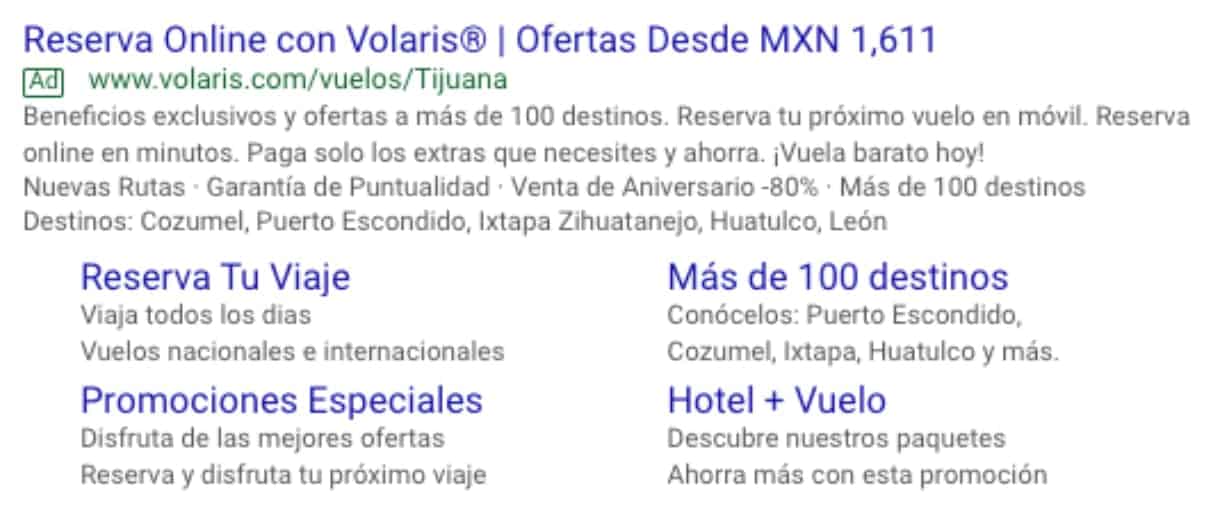
Flights from Tijuana airTRFX Page:

FareWire Facebook Ad with real-time fares. The ad links to the airline landing page where the same route and fare is available.
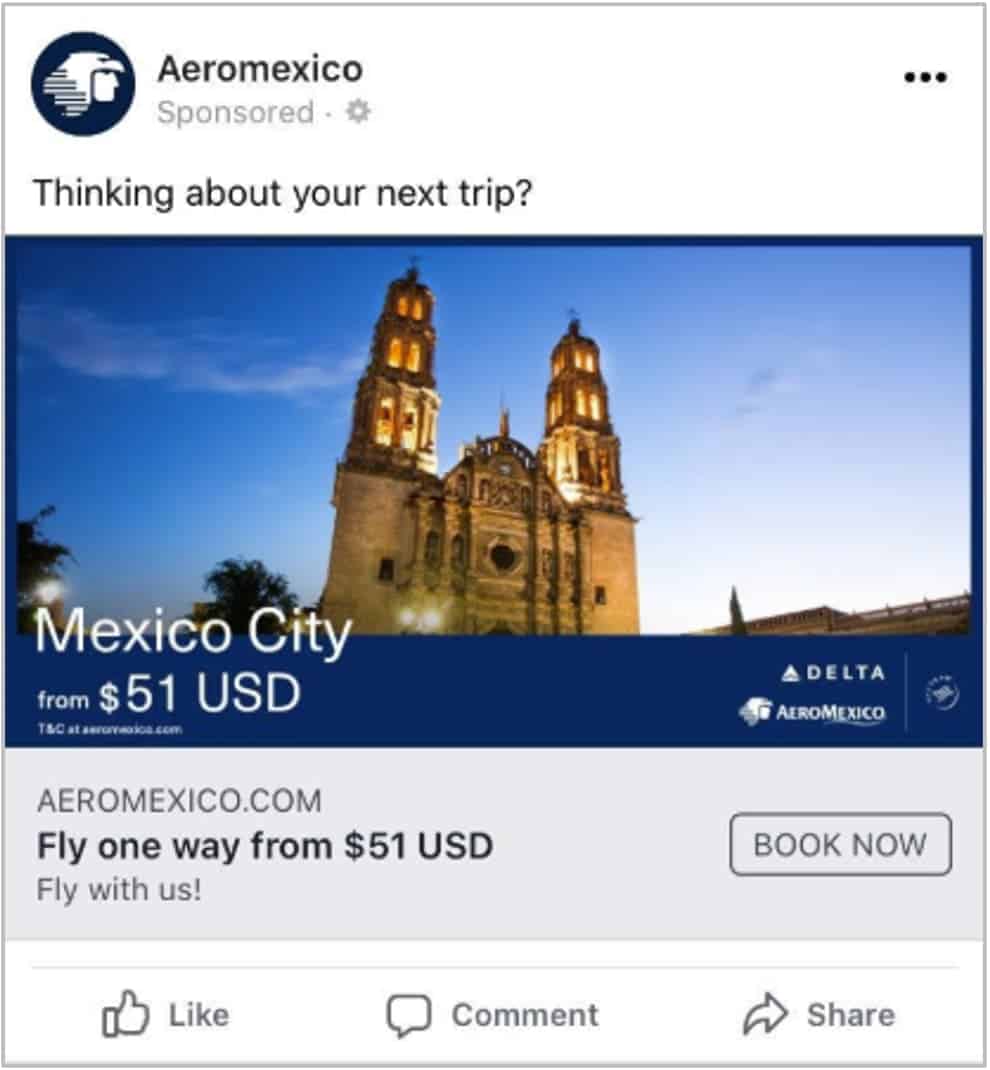
FareWire Instagram Ad with real-time fares. This ad links to the airline landing page where the same route and fare is available.
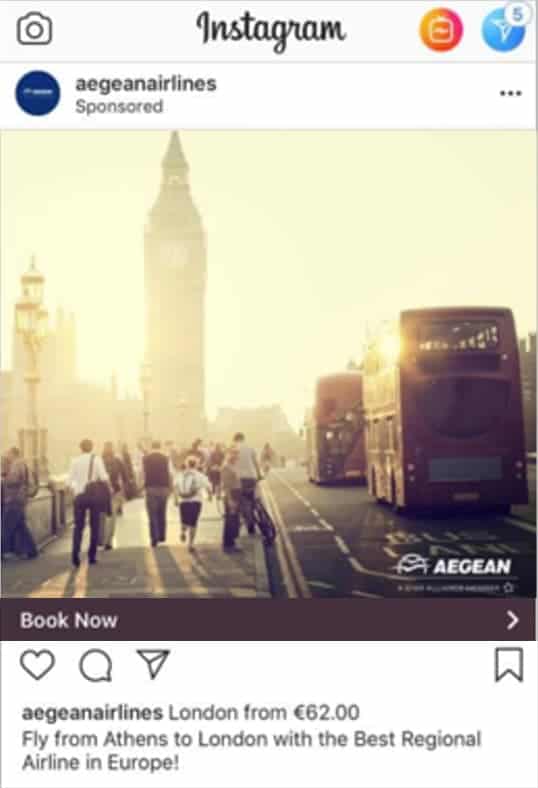
Tactic 3: Leverage previous website visitors to remarket them with the lowest fare available
Pre-crisis, website visitors were proactively looking for flights. Although those flights have been postponed or cancelled due to COVID-19, airlines can leverage remarketing lists using that customer data. Airlines can use Display Dynamic Remarketing Ads which target previous website visitors or customers who cancelled their flights.
FareWire will send the lowest most-recent fare for the route combination the user was looking for. Simultaneously, the corresponding airTRFX City to City page will include the lowest fares seen by users, and includes additional airModules such as Calendars and Histograms that help to find the best flight and fare combinations. This way, you are marketing flights to customers that you know they have previously booked.
In the images below: FareWire places the most up-to-date fare in Dynamic Remarketing ads to target previous website visitors with fares for flights they searched. The Remarketing Ad directs customers to the airTRFX landing page for the route and incldues the lowest real-time fares available.

Tactic 4: Showcase low fares via email based on geo-location of loyal customers
Loyal customers are savvy about their preferred airline. Frequent business and leisure travellers are familiar with fares for their preferred routes, flight combinations and seasons. At this time of historically low demand, it is these loyal customers who are going to notice changes in prices, and will see the most value.
CRM and frequent flyer databases will help airlines to target users via Email with the best deals and travel dates from the departure airport where they are located. The FareWire API can return the lowest fare available for a given route based on the departure city, travel dates and currencies.
In the example below, Frontier uses an email (left) with dynamic real-time fares to drive traffic to the airTRFX landing page (right) where users can easily find and book their flight:
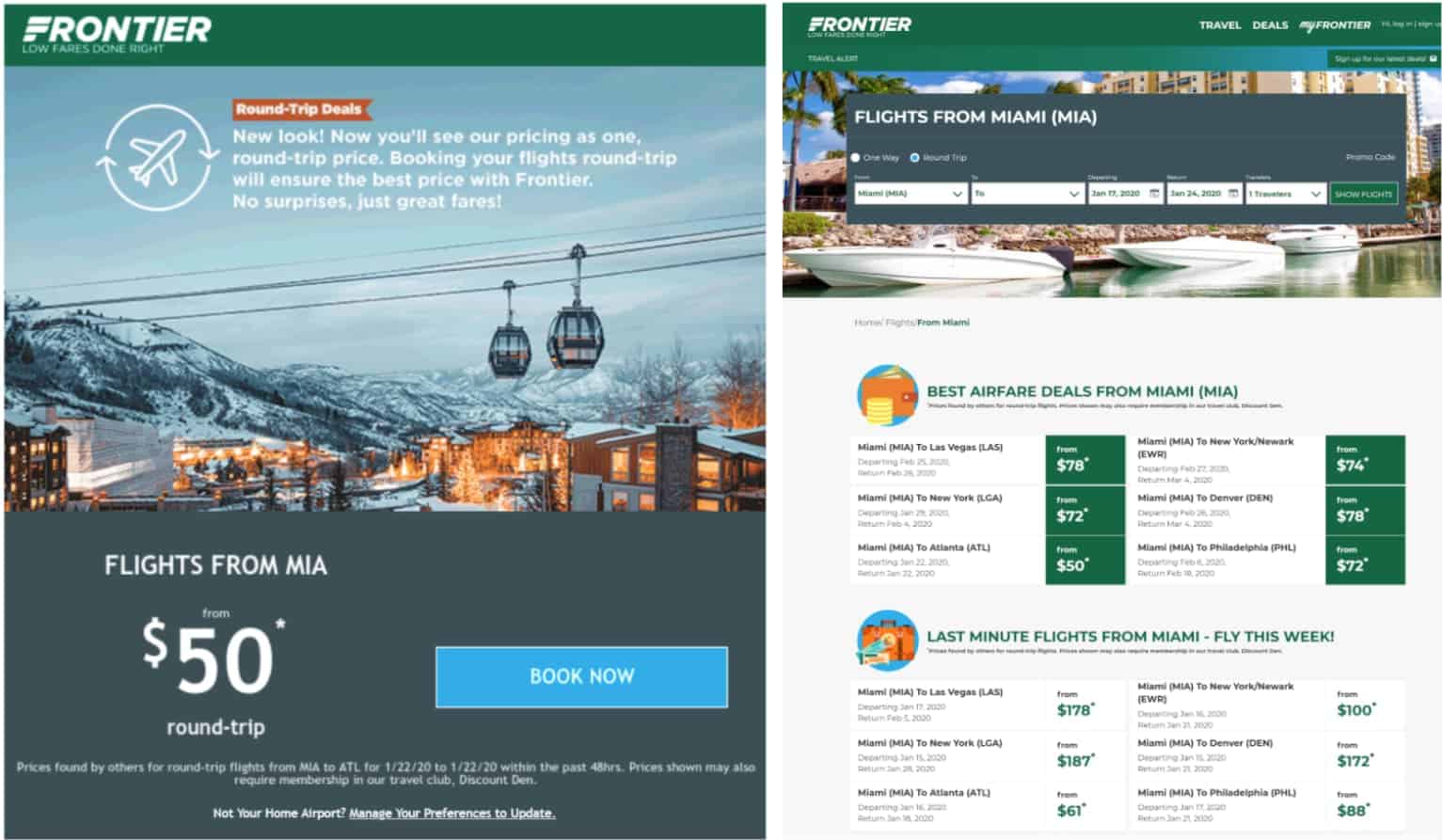
Increase revenue by shortening the path of purchase
Availability of classes and fares, date restrictions and moment of purchase are relevant variables when it comes to finding a great flight deal. Sometimes, low price points are not always available on many dates or can confuse customers when trying to find them. Also, no e-business team wants to bring customers to their online stores if they are not likely to convert. It is key that all the information a potential customer sees across the whole path to purchase is consistent and real and that he/she is always given the opportunity to purchase – even on non-flight pages.
Tactic 1: Leverage every visitor to drive a booking
Every visit to a page is an opportunity to encourage flight search, so equipping these pages with flight search capabilities is relevant to increase conversion.
With airModules, all landing pages created with airTRFX can have a Flight Search Panel (FSP) on the top of the page. Increase the chances of revenue coming from any page on the corporate website by adding this Flight Search Panel to as many pages as possible, aiming to raise conversion rates from informational pages that were not transactional until now.

Promote ancillaries and benefits
When selling flights is harder than ever, there are other products that existing or future passengers will be keen to purchase. Using the airTRFX Campaign Module, an airline can insert additional messages on strategic spaces within their actual airTRFX Pages to incentivize purchase of other products apart from flights, like Miles at a reduced price for future travelers or Seats & Bags for existing customers, among others.
Tactic 1: Deploy On-Page Campaigns to promote products other than flights
Tactic 2: Integrate API of ancillary products to airTRFX Pages
Tactic 1: Deploy On-Page Campaigns to promote products other than flights
Watch: How to build a campaign >
Create campaign modules for each ancillary product and place them scalably across all the pages that are relevant for each one of these target audiences. Prepare a landing page with information of each product and redirect buttons to the purchase page.
The airTRFX Control Campaign Module is a simple and effective way to ensure that any visitors to the website can see relevant messages on the pages they visit. Use the Campaign Module to display text or visual messages, like the example to the right that details Air Canada’s offers and policies.
Campaigns like this can be placed on any page or set of pages, and at any position on the page. The Campaign should include a link to a Custom Page where the user can find more detailed information.

Tactic 2: Integrate API of ancillary products to airTRFX Pages
Ancillary products such as holidays, car rentals, hotels or other products can be integrated to airTRFX pages in a scalable and efficient way for the airline.
During the restart and recovery phase, airlines will find ways to recover as much revenue as possible from different products. By integrating additional services and products to the existing real estate of all airTRFX pages, airlines can leverage traffic to these pages to potentially upsell with ancillaries.
Below: Aegean and Virgin Australia have integrated their car rental / holiday package ancillaries onto their airTRFX pages:


Increase awareness of loyalty benefits and expanded perks
Tactic 1: Display Loyalty Program Campaigns on airTRFX pages
Tactic 1: Display Loyalty Program Campaigns on airTRFX pages
Airlines can increase loyalty program awareness by deploying banners and text across their website. These banners are powered by airTRFX Campaigns, and can be placed on any page, or set of pages, to promote desired content.
These Campaign banners link to Custom Pages where users can learn more information and move forward in the membership process, or find the best available flights redemption offers.
Spirit Airlines uses airTRFX Campaigns across their entire website to promote their Loyalty Program to every website visitor:
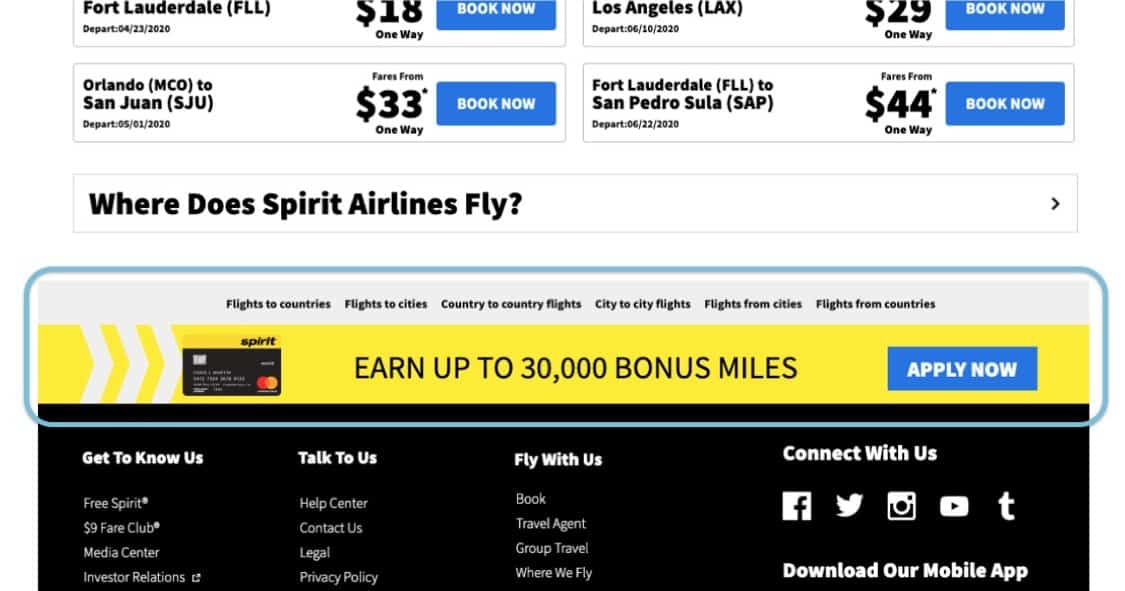
Tactic 2: Promote Loyalty Program Benefits in Search Ads
Ad extensions in paid search ads are useful to promote an airline’s Loyalty Program. This tactic provides visibility and a direct link to Loyalty Program pages every time a paid ad is displayed. airSEM enables airlines to manage their ad extensions, as well as add links and text to additional pages, such as Custom Pages for Rewards Travel.
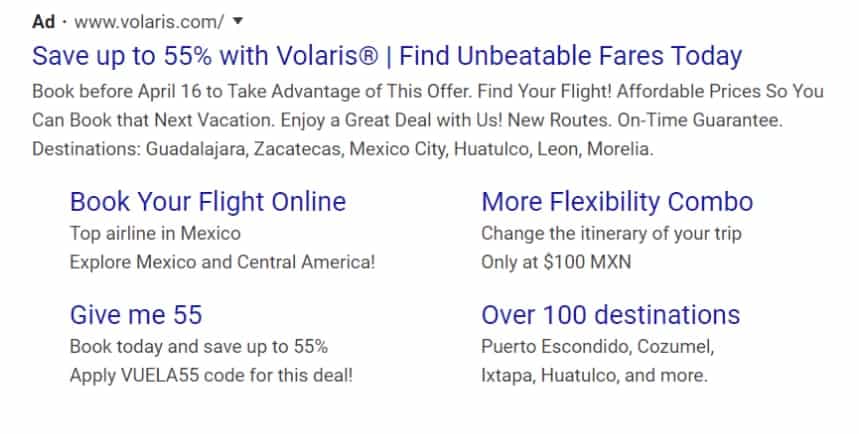
Reactivate points/miles redemption through attractive deals
Tactic 1: Make Rewards Booking Easy & Visible
Tactic 2: Offer Miles Now for Future Use
Tactic 1: Make Rewards Booking Easy & Visible
To showcase Loyalty Program travel rewards, airlines can place the Miles airModule on the homepage, or display a button that allows users to easily view fares in rewards miles. By displaying content relevant to rewards programs, airlines can make booking rewards travel easy for members, as well as maximize the exposure for their programs by sharing miles fares with all users regardless of whether they are already members, or whether they are signed in or not.
airModules are conversion-oriented flight search tools with real-time fares that can be deployed on any web page. The Miles airModule will allow airlines to show the lowest reward fares available so their loyal customers can continue to plan how to use their loyalty points with you once planes are back in the air. Simply put, a customer indicates city of origin and number of loyalty points in their account, and available destinations and dates appear.
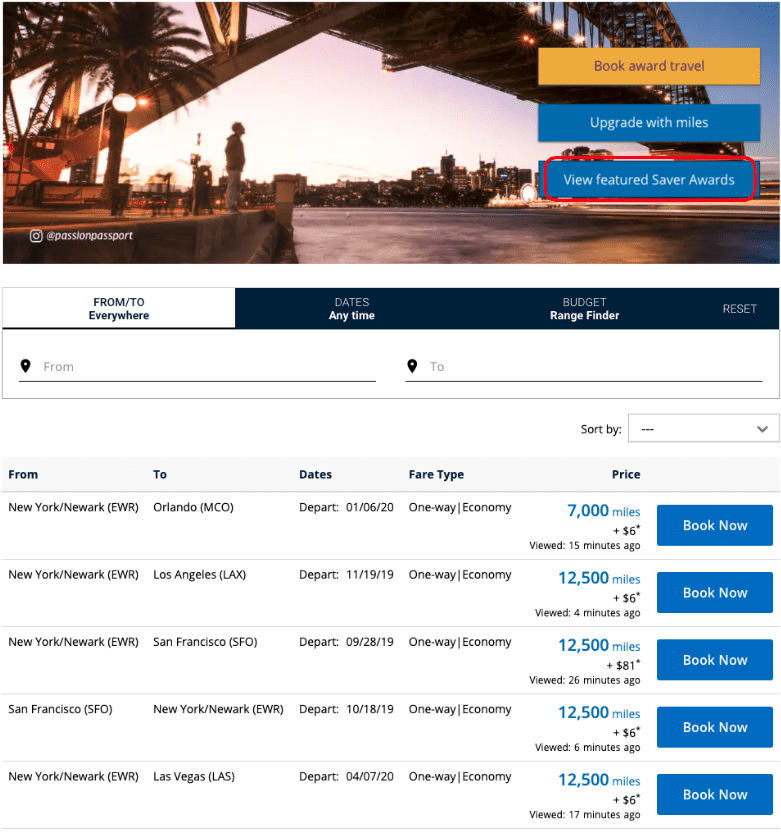

This Carousel airModule displays fares in dollar values, and has a button to see fares in rewards miles.

This Miles airModule displays fares in Miles Rewards points (plus tax amounts), making it easy for members to find options for their next flight redemption.
Tactic 2: Offer Miles Now for Future Use
Offer Loyalty Program members miles at a discounted rate to encourage them to buy now for a future trip. By doing this, airlines can obtain ancillary revenue now while their ticket sales are low, and passengers will use the miles down the road when conditions are more stable. By selling discounted miles to Rewards Members, airlines can increase customer loyalty and encourage new customers to become Rewards Members if they see discounts for miles and are given a good reason to sign up and purchase.
Example of an airTRFX Campaign promoting extended rewards status with the Miles airModule below.
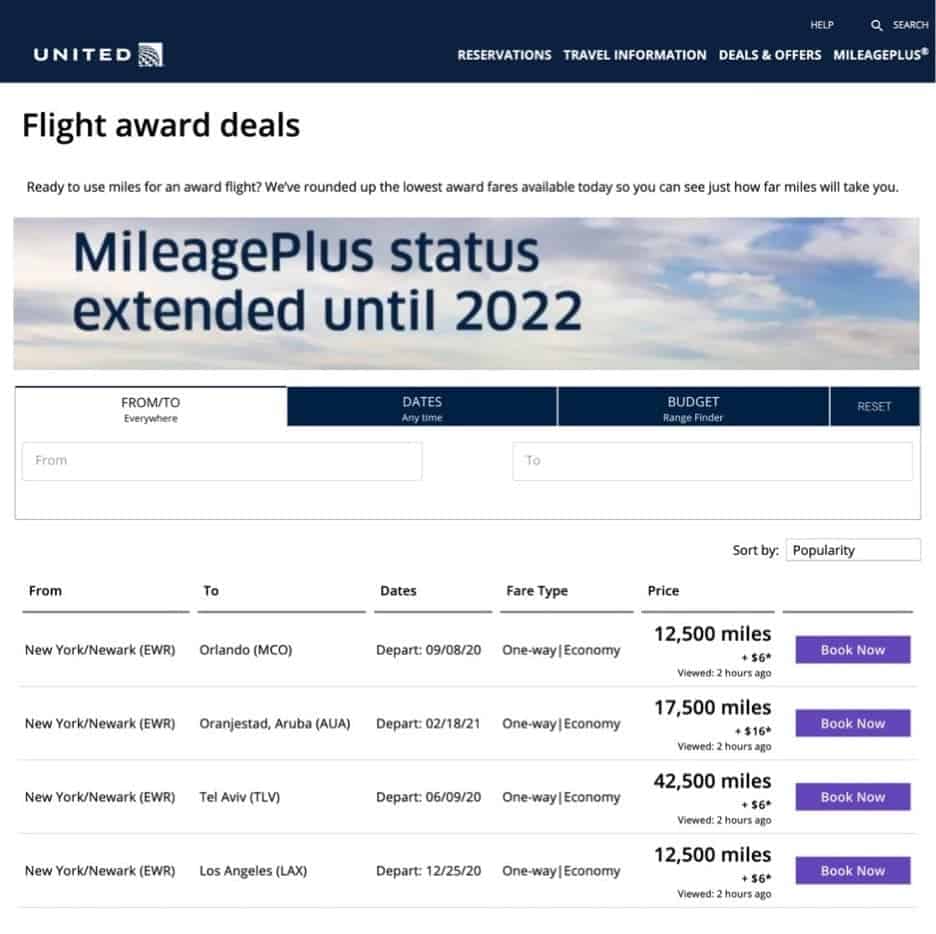
Example of an airTRFX Campaign promoting additional miles offer for future travel dates.
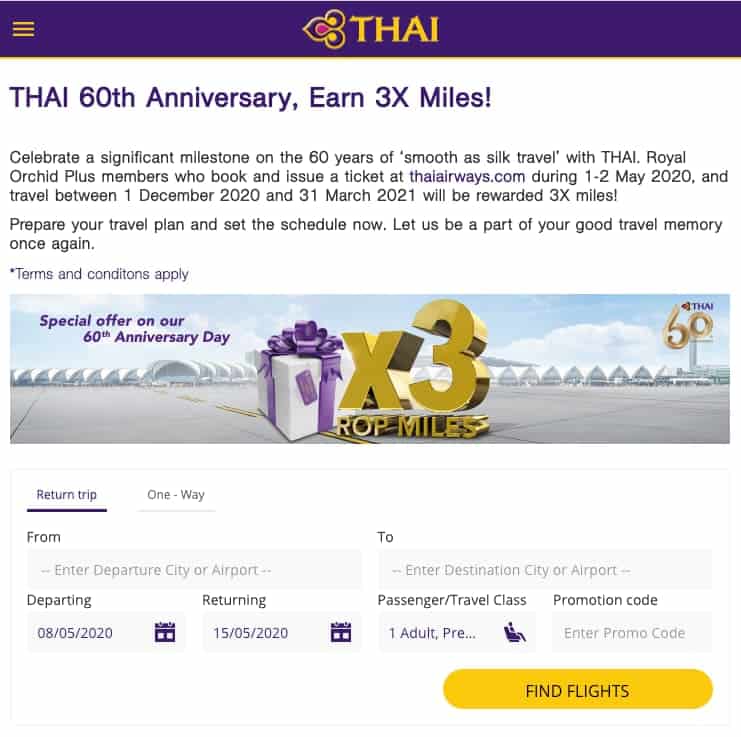
Inform customer about efforts to make air travel as possible
Tactic 1: Calm fears about returning to air travel
Communicate safety, hygiene, and booking flexibility
Even after the crisis ends, customers will be anxious about returning to air travel. Airlines must communicate to travelers what precautions they are taking to limit person-to-person contact and increase hygiene on their aircraft. Additionally, because customers will be concerned about having to cancel or change their flights, airlines should promote their flexible booking policies in order to reassure and gain the trust of customers
To communicate COVID-19 policies across the website, airlines can use the airTRFX Campaign Module. This tool enables airlines to create a banner text, image, video, or custom code and place it on any page or set of pages, and at any position on the page.
To the right, American Airlines has used airTRFX to communicate their new policies in response to COVID-19.
Airlines use the airTRFX Campaign Manager to display communications across their website to share information on:
- Aircraft safety, cleanliness, and looking after passenger health concerns
- Reassurance for elite members who are anxious about their miles being safe
- Elite status extensions

EveryMundo Restart & Reacquire Playbooks
Understand Demand
Understand search demand for all routes to determine which routes are best to reopen, and when.
In this Playbook:
Utilize User Search Data
Forecast market demand from SEM
Promote Deals & Offers
Compete to acquire and reacquire customers with real-time, targeted fare promotions.
In this Playbook:
Run Cross-Channel Campaigns
Promote Future Travel Today
Sell Reopened Routes
Determine strategic routes to reopen, then acquire passengers with scalable marketing strategies.
In this Playbook:
Optimize SEM for Strategic Routes
Communicate Route Availability
Inform your Customers
Best practices to inform customers on and off your website.
In this Playbook:
Effectively communicate policies, restrictions and key info on and off your website at scale.
Reacquire Loyal Customers
Acquire new customers and reacquire loyal customers by advertising loyalty benefits.
In this Playbook:
Promote loyalty benefits
Display real-time miles fares
Focus SEO Efforts
Drive qualified traffic to your website with airline-specific SEO strategies.
In this Playbook:
Optimize organic search position
Maintain high SEO performance
Ready to Restart & Reacquire Customers?
We’ll show you how.

